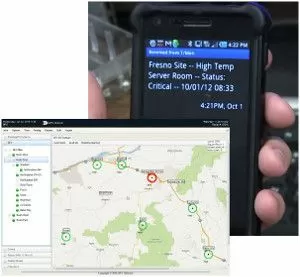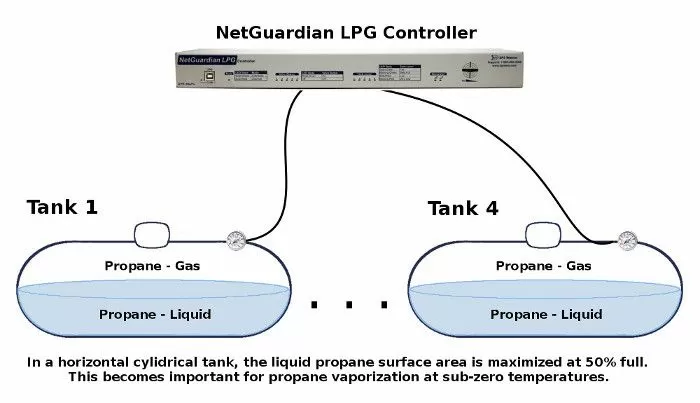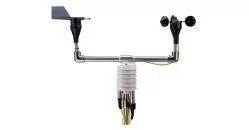Download our free Monitoring Fundamentals Tutorial.
An introduction to Monitoring Fundamentals strictly from the perspective of telecom network alarm management.
1-800-693-0351
Have a specific question? Ask our team of expert engineers and get a specific answer!
Sign up for the next DPS Factory Training!

Whether you're new to our equipment or you've used it for years, DPS factory training is the best way to get more from your monitoring.
Reserve Your Seat TodayYou know you're responsible for monitoring your remote sites, but how can you do better? Where do you start?
To help you improve your site visibility, here are 5 specific tips recommended by real-world experts at a recent national conference:
To protect your site equipment, you have to know what's going on around it. This includes things like:

With quality environmental sensors installed, you'll find yourself in the excellent position of this real DPS client: "We know the environmental conditions of each site - temperature, humidity, power, door status. We know if a door got left open or if there's a possible intrusion."

You can't always be in one place, so you can't always rely on one alert type from your monitoring system. Also, you may have different preferences from other people on your team. For that reason, find flexible monitoring equipment that puts YOU in charge. Look for these notification types:
One DPS client set up phone alerts to achieve total remote-site awareness: "Now we are to the point where we get alerts on everything. I get email alerts on my cell phone and we know what's going on everywhere."
Don't limit yourself to what you've seen before from monitoring manufacturers. The good ones will be able to build you a solution.
As some inspiration, here's one very specific example of what customized monitoring equipment can do for you: "Propane can vaporize based on the area of the liquid. The bigger your surface area, the more that can vaporize. So by controlling the propane levels in all of the tanks, and keeping them all even near 50%, you maximize your surface area when you get into the colder months. As you get closer to the point where propane doesn't vaporize as efficiently, you still have all that surface area to vaporize propane and avoid using heaters. Our situation is unique when it comes to propane because most places are warmer and don't have a problem with propane not vaporizing."

Your network is unique. Even if you're buying off-the-shelf equipment to monitor it, you need to choose the right gear.
If you don't have a vendor you can count on to provide guidance, you'll end up putting a solution stack together on your own. That means no manuals, no support, and no guarantee of future parts availability.
One DPS client said: "Being able to work with the engineering guys has been amazing. They have been able to design exactly what we need."

Snow, wind, and rain can all hurt your ability to get to a site. You wouldn't want to drive for hours, only to find out that the site was snowed in when you got there. Any site that requires a helicopter to access is vulnerable to high winds.
This is never more true than during natural disasters. You'll be struggling to keep service online (or restore it quickly). Imagine the benefit of knowing which areas were still being hit hard and which you could safely reach.
As one DPS client said: "Weather stations benefit our department by giving us a view of the conditions at a remote site before we even try to dispatch people. Instead of 6 hours to find out you can't install something because winds are too high or there's too much snow or whatever the condition is out there, we don't waste that trip."
At DPS, we receive many quote requests after "Do Nothing" comes back to bite you. You have no reason not to be proactive (and maybe you'll manage to impress your boss).
Call us. Chat with an expert for 10 minutes. We'll email you a detailed quote with a custom application drawing. We'll even include a summary of business benefits you can use to justify your project budget.
Call 1-800-693-0351 now for your quote
(or send us a quick online message instead)